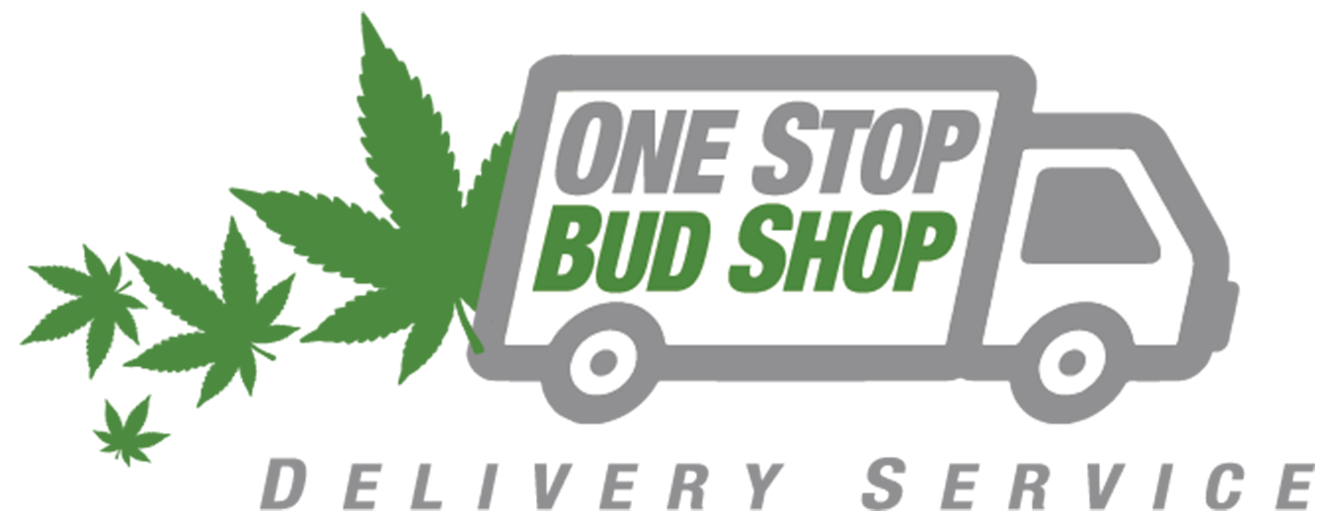cannabis
Cannabis in Canada: How Legalization Changed a Nation
Introduction
In 2018, Canada made history by becoming one of the first countries in the world to legalize cannabis for recreational use. Since then, cannabis has become a big part of Canadian culture, health, and business. Whether it’s smoking flower, eating edibles, or trying tinctures, Canadians now have many ways to explore cannabis safely and legally.
But legalization also brought new questions about health, usage, and social impacts. In this blog, we’ll dive into how cannabis legalization changed Canada, how products like THC edibles and tinctures affect people, and what the future looks like.
How Cannabis Became Legal in Canada
Before 2018, cannabis was illegal for recreational use. People could only get it through medical programs or from illegal sources. But on October 17, 2018, the Cannabis Act officially made it legal for adults to buy, use, and grow small amounts of cannabis.
The goals of legalization were to:
- Protect public health,
- Keep cannabis away from youth,
- Reduce criminal activity related to illegal sales.
Each province in Canada was allowed to create its own rules for how cannabis is sold and used.
How Canadians Buy Cannabis Today
Today, Canadians have many ways to legally purchase cannabis:
- Licensed retail stores: Shops where you can buy flower, edibles, tinctures, concentrates, and more.
- Online government sites: Such as the Ontario Cannabis Store (OCS) or BC Cannabis Stores.
- Private online retailers: In some provinces like Alberta and Saskatchewan.
Cannabis comes in many forms, including:
- Flower (for smoking or vaping),
- Pre-rolled joints,
- Edibles (like gummies and chocolates),
- Tinctures (liquid drops used under the tongue),
- Vape pens,
- Concentrates like shatter and wax.
Cannabis Use in Canada: Then vs. Now
Since legalization, cannabis use has changed a lot.
Some facts:
- About 1 in 5 Canadians reports using cannabis at least once a year.
- Edibles and vape pens have grown popular among people who don’t like smoking.
- More seniors (ages 65+) are trying cannabis for the first time for pain and sleep issues.
- THC tinctures have become a favorite for people wanting quick, easy-to-dose relief without smoking.
However, concerns remain about heavy usage among youth and driving under the influence.
Health Effects of Cannabis: What Canadians Should Know
Positive Effects
Cannabis can offer many health benefits:
- Helps manage chronic pain,
- Aids in sleep (especially with THC-heavy products),
- Reduces anxiety and stress for some users,
- Increases appetite (important for people undergoing treatments like chemotherapy).
Many Canadians report better quality of life when using cannabis responsibly.
Negative Effects
However, cannabis is not risk-free:
- Smoking anything can harm your lungs over time.
- High doses of THC can cause anxiety, paranoia, or dizziness.
- Frequent use among teenagers may affect brain development.
- Cannabis Use Disorder (addiction) is possible, especially with daily heavy use.
Experts recommend starting low and slow — a few milligrams of THC at first — and seeing how you feel.
How Edibles and Tinctures Changed Cannabis Culture
Edibles
Edibles are one of the fastest-growing parts of the cannabis market in Canada.
Popular edible products include:
- Gummies,
- Chocolates,
- Cookies,
- Cannabis-infused beverages.
Why people love edibles:
- No smoke involved,
- Longer, deeper high,
- Easier dosing for beginners.
